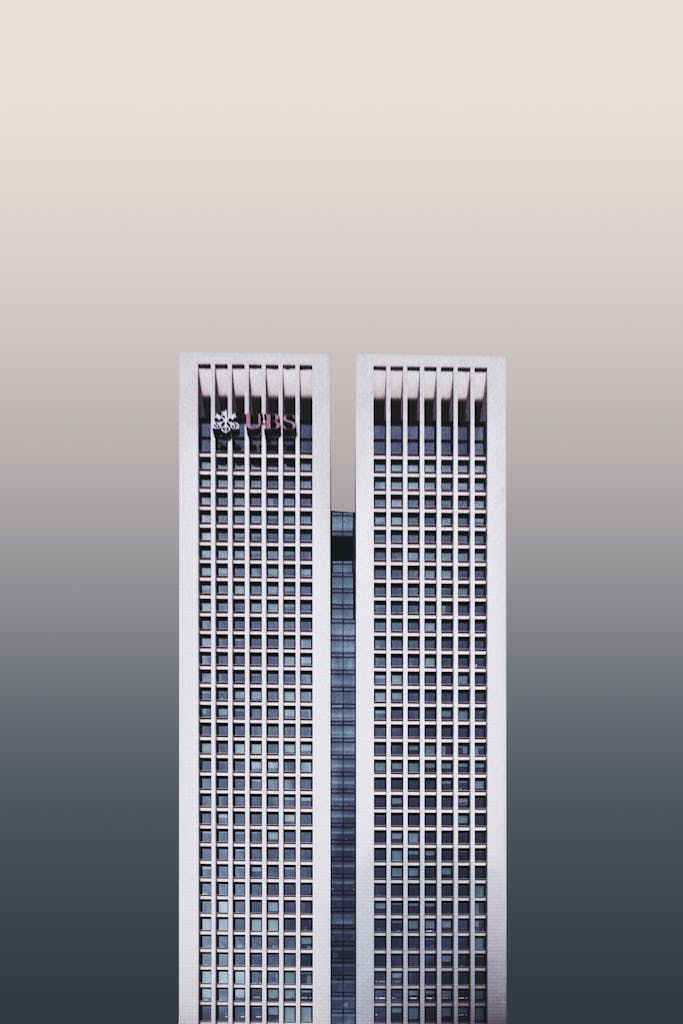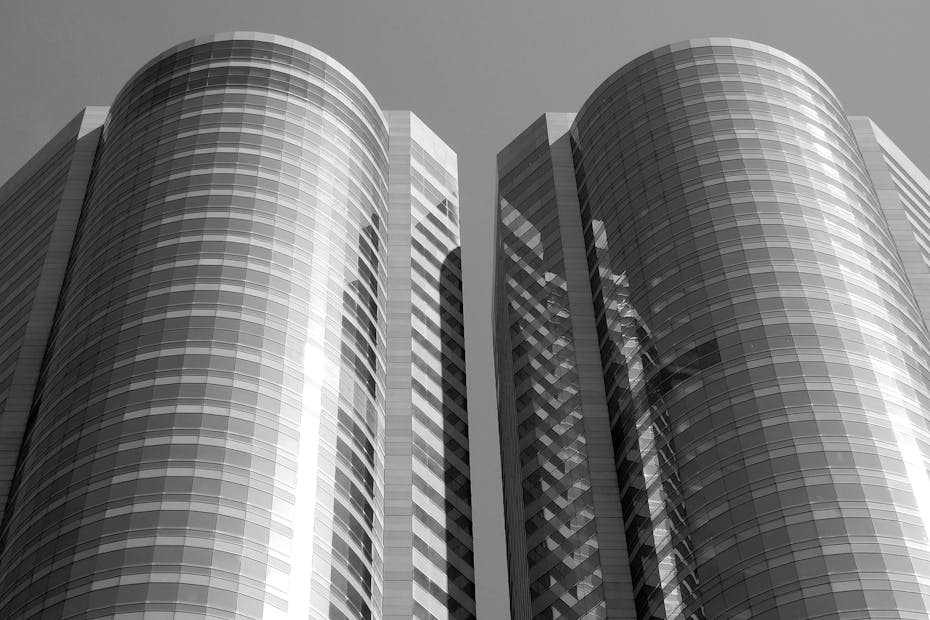Architecture is often viewed as static, singular, and clear in its identity. A library is a library, a bank is a bank. But what happens when a building plays two roles — when it conceals one identity beneath another? In the realm of design and urban form, architectural doubles refer to buildings that deliberately mask, shift, or obscure their true function, offering a layered reading of space.
These buildings challenge the notion that form must always follow function. Instead, they introduce ambiguity, illusion, and subtext into the urban fabric. From historical examples of camouflage architecture to contemporary structures that defy categorization, architectural doubles open a compelling dialogue about visibility, performance, and power.
What Are Architectural Doubles?
At its core, an architectural double is a building with a dual or hidden identity. This could manifest in several ways:
- A building that conceals its function, like a surveillance outpost disguised as a private residence.
- A structure that performs multiple conflicting roles, such as a house doubling as a gallery, or a church reused as a nightclub.
- A façade masking a different internal program, where what you see is not what you get.
The key element is intentional duality — the building is designed or adapted to embody contradiction. These architectural doubles do not reveal themselves easily. They ask the observer to question, to look again.
Historical Roots: Camouflage and Performance
The idea of hidden architectural identities is not new. Throughout history, buildings have been constructed to obscure their purpose for strategic, religious, or aesthetic reasons.
- Camouflage architecture during wartime: In WWII, entire factories were disguised with false rooftops and painted-on neighborhoods to mislead enemy aircraft.
- Religious doubles: In times of persecution, religious buildings were sometimes designed to look like barns or residences from the outside, concealing sacred interiors.
- Royal passages: Palaces often had hidden corridors or false doors to allow secret movement of aristocrats or escape routes in times of unrest.
These examples show that architectural doubles often emerged not as aesthetic gestures but as instruments of survival or secrecy.
Contemporary Examples: From Playful to Political
In modern architecture, the concept of the double has evolved beyond concealment to embrace irony, critique, and layered storytelling.
- Data centers disguised as bland office buildings: For example, in cities like Stockholm and New York, high-security data infrastructure is wrapped in generic commercial façades. These are literal architectural doubles — they are not what they seem.
- Art galleries inside houses: Some contemporary homes are designed to exhibit art collections, with lighting, circulation, and acoustics more akin to museums than domestic settings.
- Retail spaces hidden in other typologies: Luxury shops behind bookshop facades, speakeasy bars with no signage — these design choices speak to exclusivity, narrative, and subculture.
- Architectural pastiche: Postmodern buildings that replicate historic styles while housing modern functions also fall into the category of doubles — the visual language says one thing, while the program says another.
Psychological Impact of the Architectural Double
Architectural doubles can unsettle or delight. They engage the viewer’s perception, causing dissonance between expectation and experience.
- Disorientation: When a building doesn’t “behave” as it looks, we are forced to reconsider how we read architecture.
- Mystery and curiosity: Hidden spaces or ambiguous façades draw people in, inviting exploration.
- Cultural critique: By subverting the expected, doubles can question societal norms — such as what a government building “should” look like, or how a religious space “ought” to behave.
They reveal how architecture is never neutral — that what is shown and what is hidden are both loaded with meaning.

Ethical Questions: Transparency vs. Concealment
Designing a building with a double identity raises ethical questions. Is concealment ever deceitful? When does architectural storytelling become manipulation?
For example:
- A police station designed to resemble a school might raise concerns about surveillance and consent.
- A religious center doubling as a political meeting hall could blur boundaries in problematic ways.
But on the flip side:
- Safe houses for domestic abuse victims are purposefully concealed to offer safety.
- Underground cultural venues thrive precisely because they resist overt visibility.
Thus, architectural doubles walk a tightrope between protection and obfuscation, narrative and misdirection.
The Double as a Tool of Design
For architects, working with double identity can be a powerful design strategy. It can help:
- Reconcile conflicting user needs in multi-use spaces.
- Create adaptive reuse solutions where heritage façades must be preserved but new programs are needed.
- Generate architectural storytelling that engages users on different levels — visual, emotional, spatial.
In a world increasingly obsessed with transparency and exposure, designing for layered identity is a countercurrent — an invitation to reintroduce complexity and subtlety into architecture.
Conclusion: Reading Between the Walls
In cinema and literature, doubles represent psychological tension, identity crises, and secret lives. In architecture, they do much the same. Architectural doubles remind us that buildings are not always what they seem — and that’s a strength, not a flaw.
They allow buildings to be more than tools or shelters — to be actors, storytellers, even tricksters. Whether concealing danger, offering sanctuary, or simply sparking intrigue, architectural doubles expand the language of design. They are the whispers behind the walls, the meanings beneath the form.
In the end, every building may be a double — caught between what it was intended to be and how it is actually lived. And in that tension lies the heart of architecture itself.
